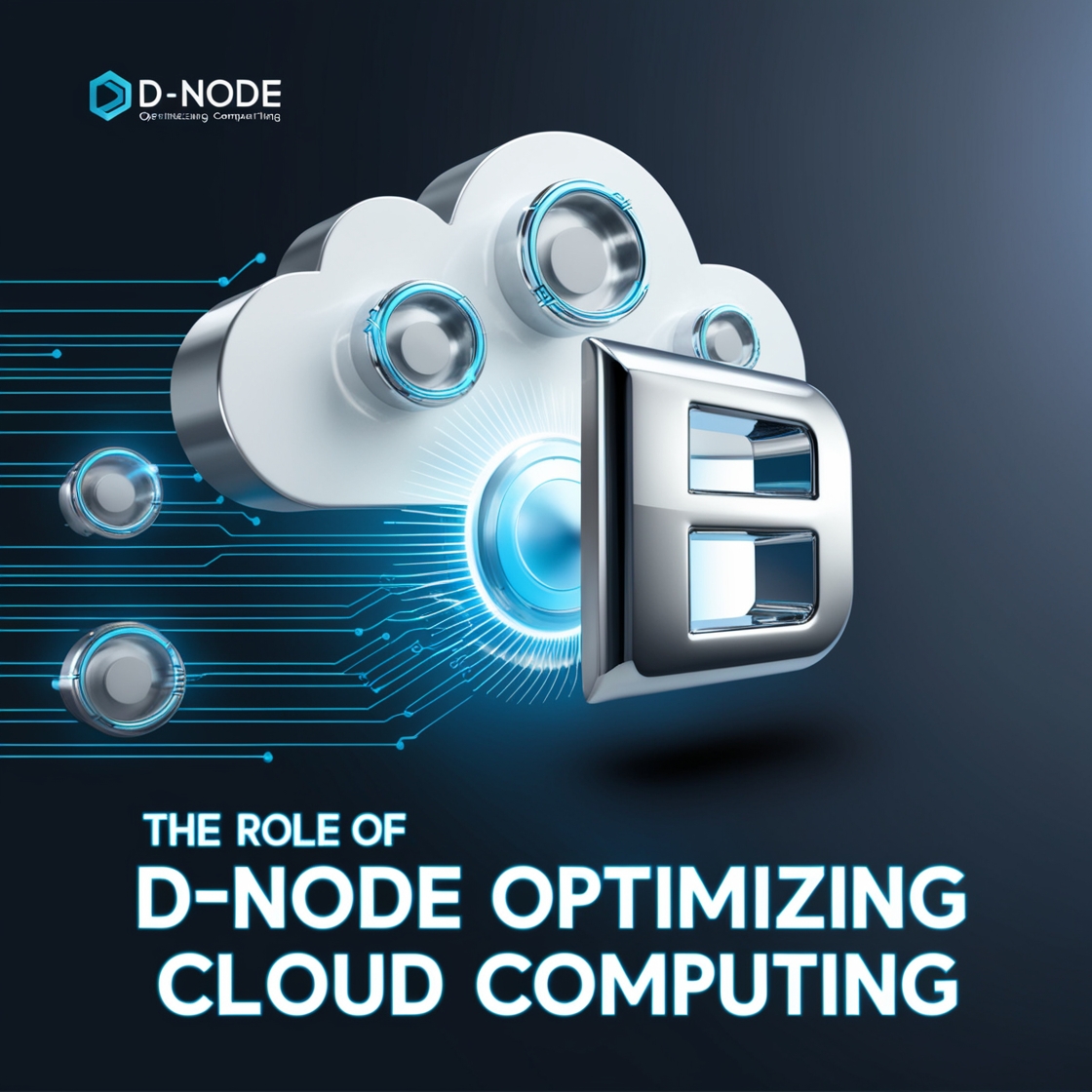Introduction to Cloud Computing
Cloud computing has become a fundamental part of modern digital infrastructures, enabling businesses to store, manage, and process data more efficiently. But as demand for cloud services rises, so does the need to optimize cloud environments for better performance, cost-efficiency, and scalability. Optimization in cloud computing ensures that resources are used effectively without compromising on service quality or speed. This is where the D-Node plays a crucial role in enhancing cloud computing capabilities.
What is a D-Node?
Definition of D-Node
A D-Node, or Distributed Node, refers to a computing element within a cloud infrastructure that enables data to be processed, stored, and distributed across various locations. D-Nodes facilitate the smooth operation of large-scale data centers by breaking down complex tasks into smaller, manageable units.
Key Characteristics of D-Nodes
- Decentralized Processing: D-Nodes operate independently but remain connected to the overall cloud system.
- Flexibility: They can dynamically scale according to the needs of the system.
- Efficiency: D-Nodes minimize the need for centralized data processing, reducing bottlenecks and latency.
The Importance of D-Nodes in Cloud Infrastructure
Role of D-Nodes in Cloud Architecture
D-Nodes serve as the building blocks of cloud systems. By distributing workloads across various nodes, they enable faster data processing and greater fault tolerance, reducing the chances of system failure.
Enhancing Performance with D-Nodes
Performance improvement is one of the most significant benefits of integrating D-Nodes into cloud infrastructures. By distributing workloads, D-Nodes prevent overloads in specific parts of the network, ensuring smoother and faster data processing.
How D-Nodes Improve Data Distribution
D-Nodes for Efficient Data Storage
In a cloud environment, storing massive amounts of data efficiently is crucial. D-Nodes optimize data distribution, ensuring that data is stored and retrieved from the nearest available node, reducing latency and improving speed.
Minimizing Latency with D-Node Integration
Latency, the delay in data transmission, is a key issue in cloud services. With D-Nodes, data can be accessed from multiple distributed locations, significantly reducing latency and improving user experience.
D-Node’s Role in Scalability
Dynamic Scaling with D-Nodes
Cloud systems need to scale dynamically to meet user demands. D-Nodes support dynamic scaling, allowing the cloud infrastructure to handle traffic spikes without crashing or slowing down.
How D-Nodes Handle High Traffic
When traffic increases unexpectedly, D-Nodes distribute the workload efficiently, ensuring that users experience minimal downtime or slow response times, even under high-traffic conditions.
Optimizing Resource Management Through D-Nodes
How D-Nodes Manage Computing Resources
D-Nodes play a pivotal role in managing computing resources by allocating them where they are needed most, ensuring optimal use of both computing power and storage.
Ensuring Cost-Effective Cloud Operations
Efficient resource management leads to significant cost savings. D-Nodes reduce unnecessary resource usage, preventing businesses from over-provisioning their cloud services and driving down operational costs.
Data Redundancy and Backup with D-Nodes
How D-Nodes Ensure Data Integrity
Data redundancy is essential for ensuring that critical information is not lost. D-Nodes create multiple copies of data across different locations, ensuring that, even in the event of failure, the data remains accessible.
Advantages of D-Nodes in Data Recovery
In cases of unexpected outages or data loss, D-Nodes allow for quick data recovery, ensuring minimal disruption to services and reducing downtime.
D-Nodes and Cloud Security
Securing Cloud Data with D-Nodes
D-Nodes enhance security by distributing data across multiple locations, making it harder for cybercriminals to target and compromise large amounts of information at once.
Preventing Cyber Attacks and Breaches
With D-Node integration, cloud environments can implement stronger security measures such as real-time encryption and distributed firewalls, preventing breaches and reducing the risk of attacks.
Use Cases of D-Nodes in Cloud Services
D-Nodes in SaaS (Software as a Service)
In SaaS platforms, D-Nodes enable better user experiences by reducing latency and ensuring that the software scales effectively as user demands grow.
D-Nodes in PaaS (Platform as a Service)
For PaaS providers, D-Nodes improve the performance of development platforms, ensuring that developers can access necessary resources faster and more efficiently.
D-Nodes and Load Balancing
How D-Nodes Enhance Load Distribution
Load balancing is essential to avoid overburdening certain parts of the network. D-Nodes distribute traffic effectively, ensuring consistent performance across the entire cloud infrastructure.
Reducing Downtime with D-Node Integration
By spreading out the load across multiple D-Nodes, cloud services can reduce downtime significantly, ensuring seamless service availability.
D-Nodes and AI-Powered Cloud Services
How AI Integrates with D-Nodes for Optimization
Artificial intelligence (AI) can use D-Nodes to optimize cloud operations through predictive analytics, allowing systems to foresee demand and automatically allocate resources as needed.
AI, D-Nodes, and Predictive Analytics
AI, in combination with D-Nodes, enhances predictive analytics, improving performance and resource allocation by forecasting future trends based on historical data.
Future of D-Nodes in Cloud Computing
Emerging Trends for D-Nodes
As cloud computing evolves, D-Nodes will play a critical role in the development of edge computing, enabling faster and more localized processing.
The Evolution of D-Node Technology
The next generation of D-Nodes will likely include advanced AI capabilities and better integration with IoT devices, pushing the boundaries of what’s possible in cloud computing.
Challenges and Limitations of D-Nodes
Potential Drawbacks in D-Node Implementation
While D-Nodes offer numerous benefits, their implementation can be complex and costly for smaller businesses, particularly due to the need for specialized knowledge.
Overcoming D-Node Limitations
Despite these challenges, businesses can mitigate them by choosing the right cloud providers and leveraging third-party tools that simplify D-Node integration.
